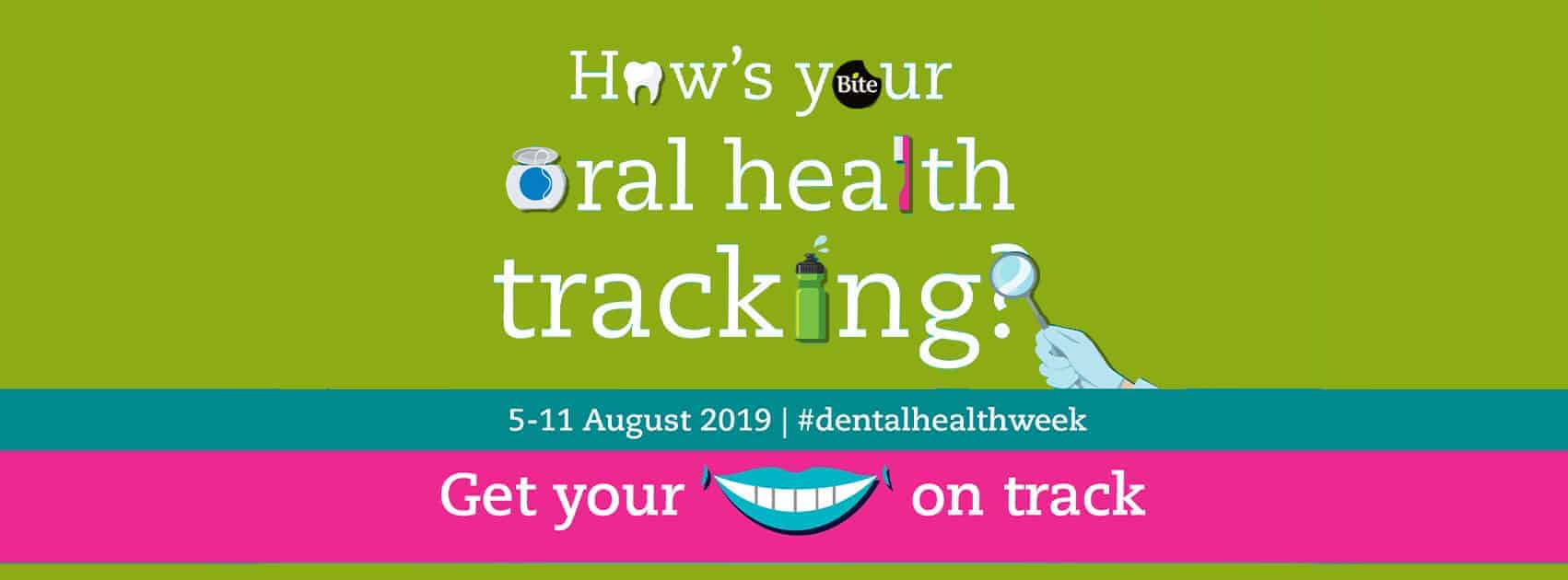Dental Health Week 2019 is here. Here’s some valid advice for brushing your teeth
Here at Bite Dental, we are so excited it’s Dental Health Week. So much so, we have some vital information from the Australian Dental Association about brushing your teeth to share with you!
It is important to regularly brush your teeth as plaque and tartar can continue to accumulate on your teeth. It can also create an optimal environment for bacteria to thrive next to your gums.
What toothbrush do I need?
There are two types of toothbrushes that are recommended to be used:
Manual Toothbrushes
Manual toothbrushes have bristles that can come in different forms: (Soft, medium and hard).
Soft-bristled toothbrushes with a small head and a flexible neck are the most effective in removing plaque and debris from your teeth without damaging your teeth and gum.
Correct Technique with Manual Tooth Brush
Teeth should be cleaned systematically, starting at the back with toothbrush bristle at the gum line on a 45-degree angle, brushing gently in a circular motion. If you scrub too hard side to side, you run the risk of causing your gums to recede, as well as damaging the tooth enamel. Take care to brush carefully along the inner, outer and chewing surfaces, making sure you tip the toothbrush so you can reach the inner front areas of the teeth which are often missed.
Electric Toothbrushes
If you have limited dexterity, a powered toothbrush may be a better option since it largely does all of the work for you. Kids enjoy the fun of powered toothbrushes, specially decorated with their favourite characters. They can also be programmed to run for two minutes, taking out the guesswork for kids and adults alike over brushing time.
Correct Technique with Powered Toothbrushes
The position of the powered toothbrush should be the same as with a manual toothbrush, at a 45-degrees along the gum line. One of the main advantages of a powered toothbrush is that their oscillating – rotating heads supply all of the movement. All you need to do is guide the brush slowly from tooth to tooth, stopping for a few seconds on each one, systematically following the contours of the teeth and the curve of your gums.
General Tips
It is often the perception that pressing harder when brushing gives a better clean when in fact it is the opposite. Too much pressure can damage the gums and tooth enamel
If the bristles are wearing out on your toothbrushes well before the three-month mark, you’re pressing too hard and you should inquire with your dentist about a less damaging technique.
Replacing your brush, whether manual or powered, should take place when the bristles start to spread apart, or every three months, whichever comes first.
If you are wanting more tips or information about brushing your teeth, contact us and one of our experienced team members will be more than happy to help. Alternatively, the Australian Dental Association also has more information to help with looking after your teeth.


